The majority of visitors to Thailand end up eating pad thai and kicking back on a beach, and you can do that, too—really, it’s pretty hard to go wrong in this beautiful country. But there are less touristy treasures to be found by venturing a little further north. And all you need is a motorbike.
The greatest draws of the North are found dotted along the snaking mountain roads that connect the cities and towns. From central Chiang Mai look northwest; the enticing silhouette of the nearby Doi Suthep Mountain hints at the countless peaks beyond it.
Starting in this laid-back and easily navigable city, a motorcycle is without doubt the best way to travel—and renting one is cheap, almost absurdly so. With little more than a scan of a passport and $5 dollars a day, it’s possible to free yourself from the stress of minibus timetables and crowds. The old cliché of “motorbikes and freedom” may suddenly ring very true to you.
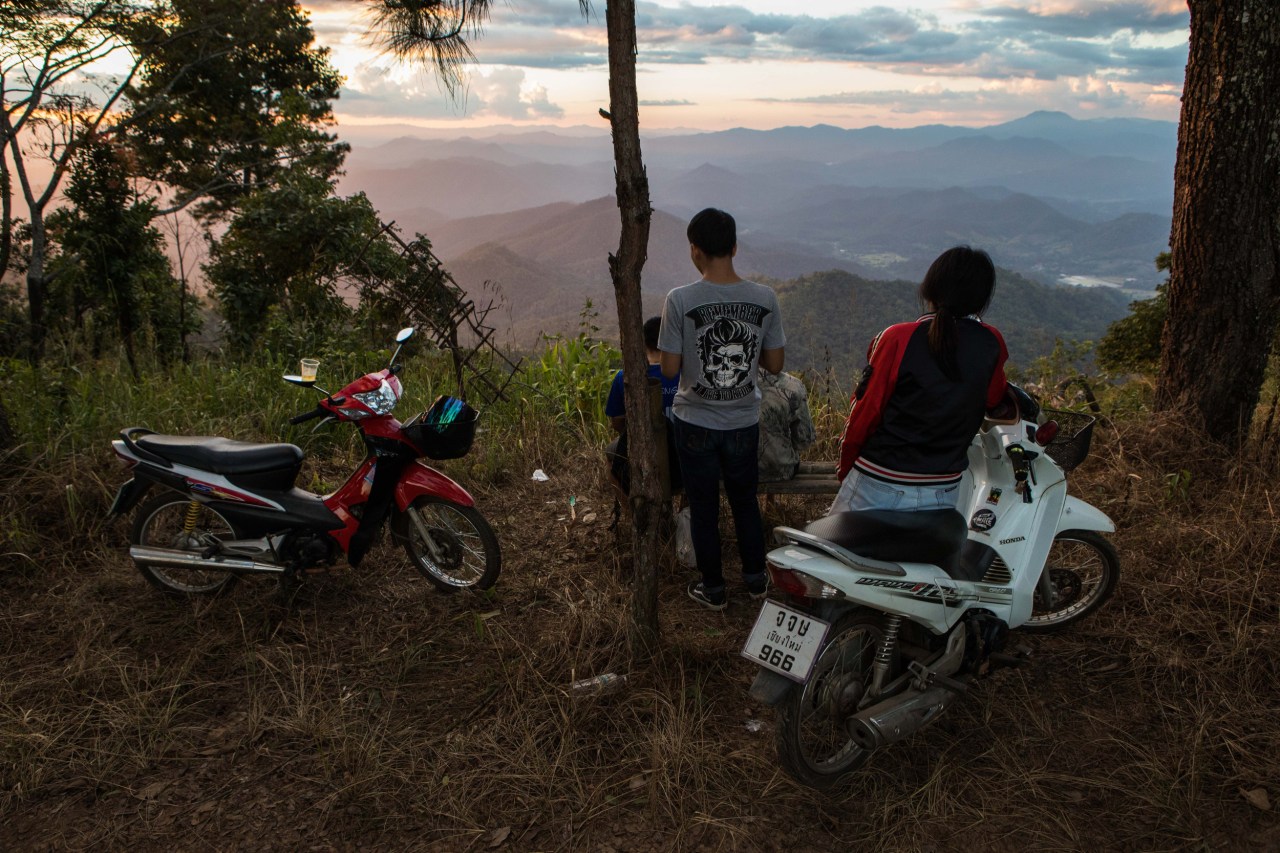
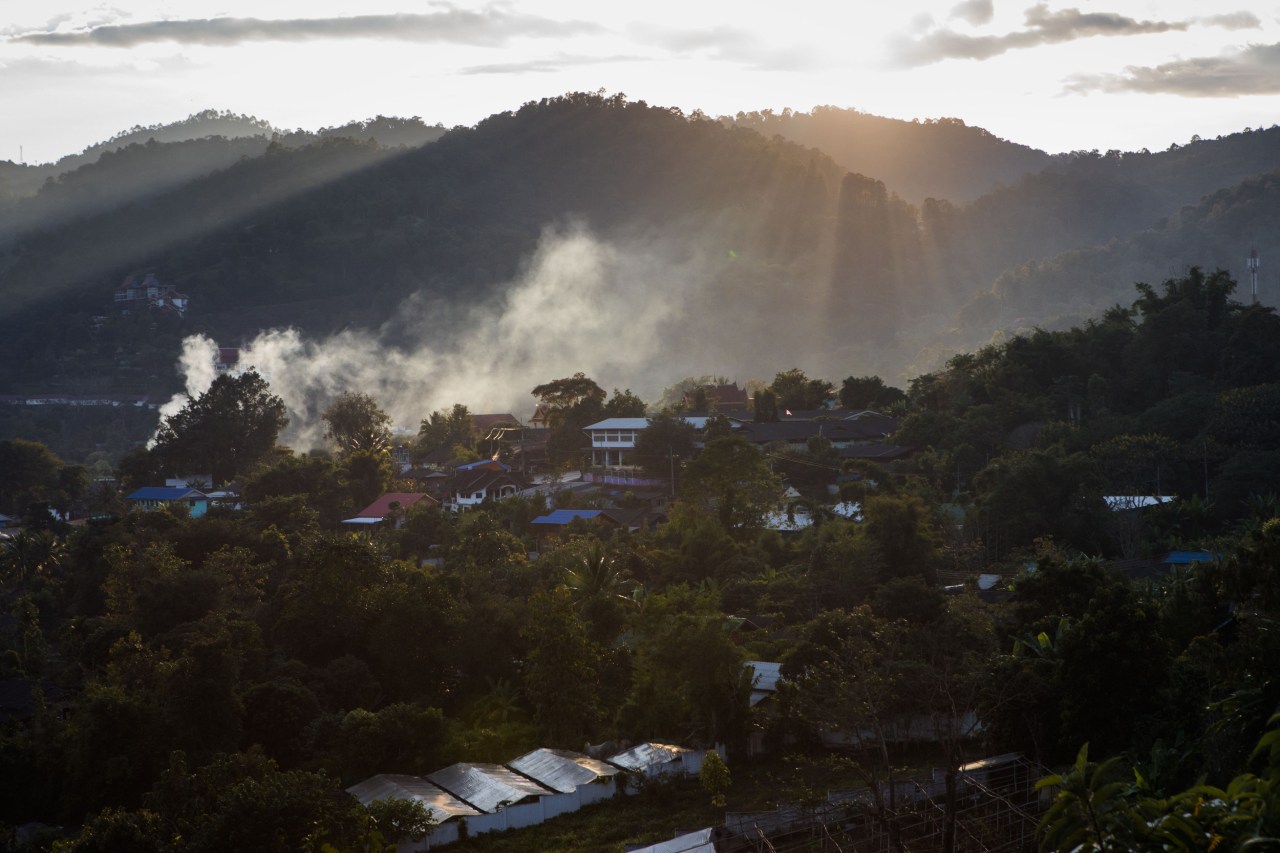
You may have heard of the Mae Hong Son loop, a well-known 420-mile tour around the north. But the tour I recommend is a little more off the beaten track (and is quite a bit shorter than this 420-mile trek, which will be good for motorbike newbies). At a little over 58 and 70 miles respectively, the Samoeng and Mae Wang loops are easily completed as half-day trips from Chiang Mai. But with so many attractions sitting off the main roads, it’s worth taking a few days to drive both loops. You’ll be rewarded with national parks, breathtaking views, and remote, picturesque villages. It offers just as much as the Mae Hong Son loop, but in a smaller package.
Heading north from Chiang Mai, starting with the Samoeng loop, your first stop is for a stroll through Katai Kamminga’s shaded Erotic Garden and Teahouse. It hasn’t even been two years since the grand opening but her garden has already garnered a lot of attention, and a touch of controversy.
It’s pretty much what you would expect. Around the lush grounds, giant golden phalluses are framed by landscaped bushes. White orchids and deep purple butterfly pea flowers outline explicit sculptures dreamed up by Kamminga. In the main residence, a wall proudly displays newspaper and magazine clippings covering her garden, the pages emboldened with the obligatory pun-filled headlines, like “Where Sexuality Flowers.”
Kamminga said that the word “erotic” doesn’t have an accurate translation in Thai, leading to some confusion—and the occasional belief that the garden is home to sex work. She added that the goal of the garden isn’t to shock, but to encourage people to consider eroticism more openly in their lives.
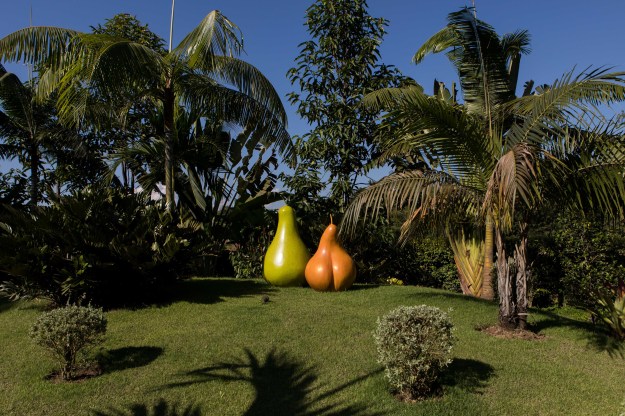
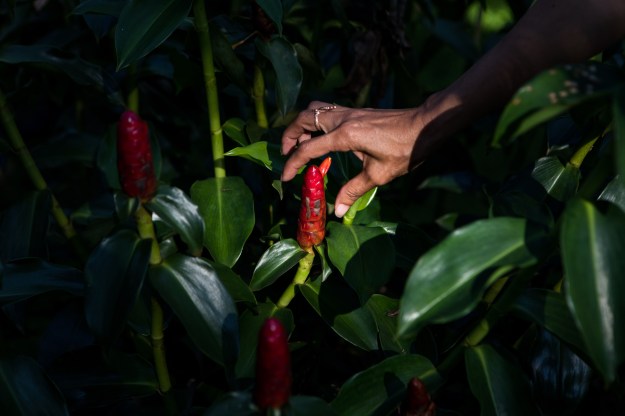
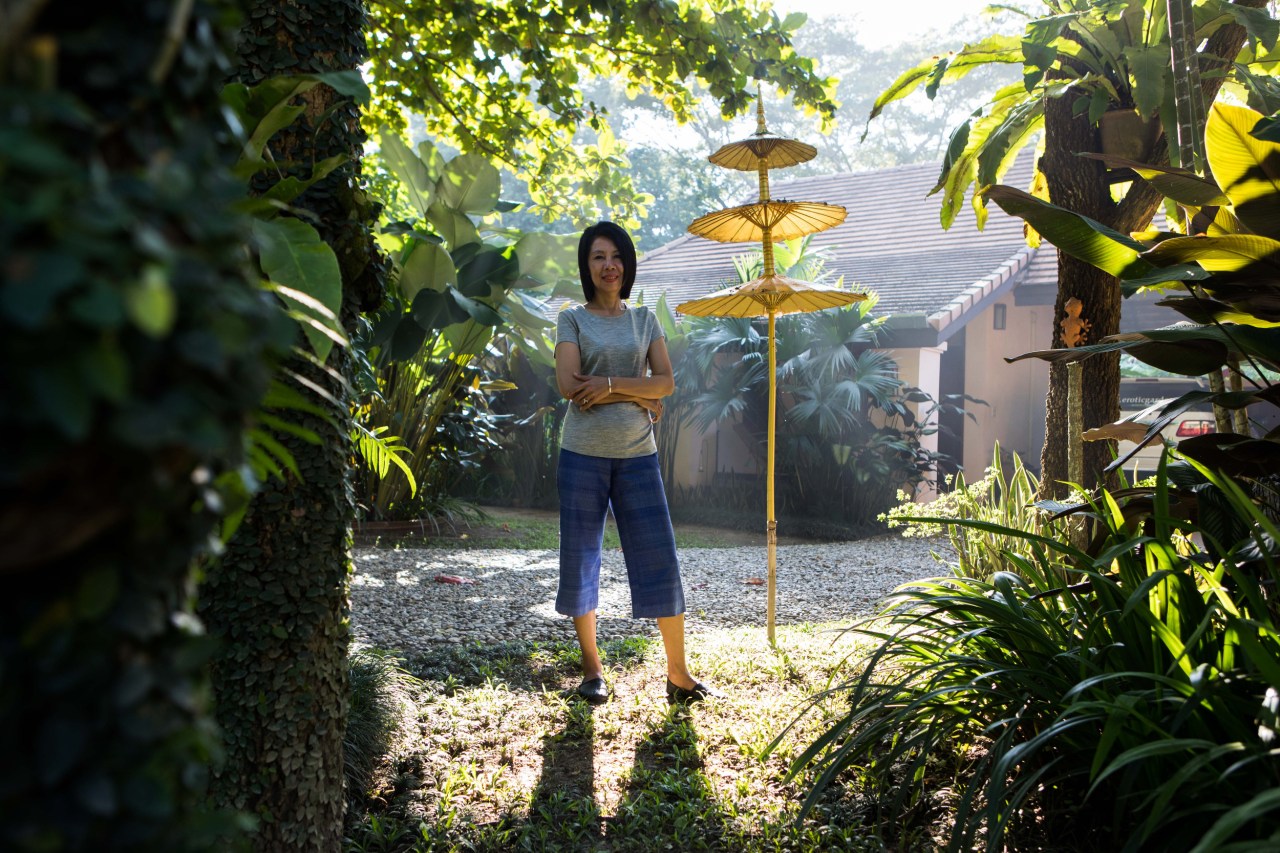
Upon leaving the garden, the road begins to change. From the linear Highway 107, you turn left on the 1096 and lean into the first of hundreds of bends to come. The fecund pastoral lands make sense of the old Lanna empire’s name, “Kingdom of a Million Rice Fields.”
The fields seem to stretch out past the horizon—but it doesn’t take long for the mountains in the distance to be suddenly upon you.
Cut through the Mae Sa Valley and head west towards the Samoeng forest. The route is full hairpin turns and switchbacks that beckon you higher and higher; every major rise in elevation prompting a drop in temperature and refreshing chill.
Driving along the spine of the mountain passes, patchworks of rose farms hang down the hill sides. On the flats, strawberry farms start to multiply. Designated viewpoints soon start to appear with increasing regularity, each one promising, and delivering on, breathtaking vistas. Facing south, the untouched undulations of the Doi Suthep–Pui National Park mountains lay out a picturesque idyll.
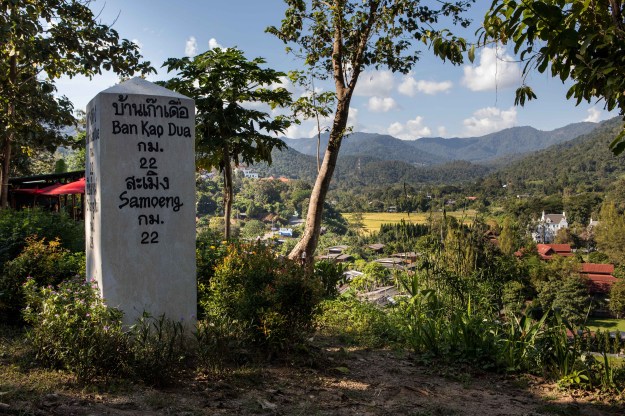
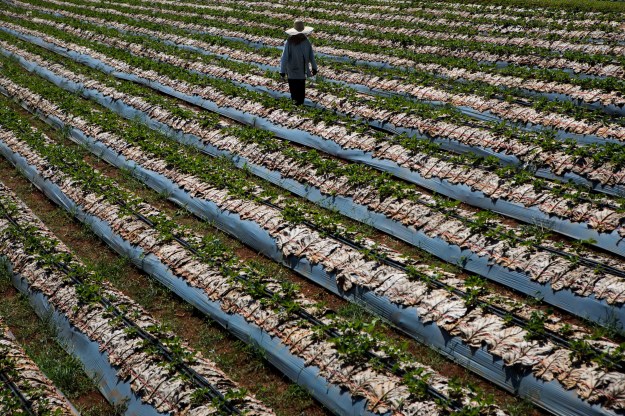
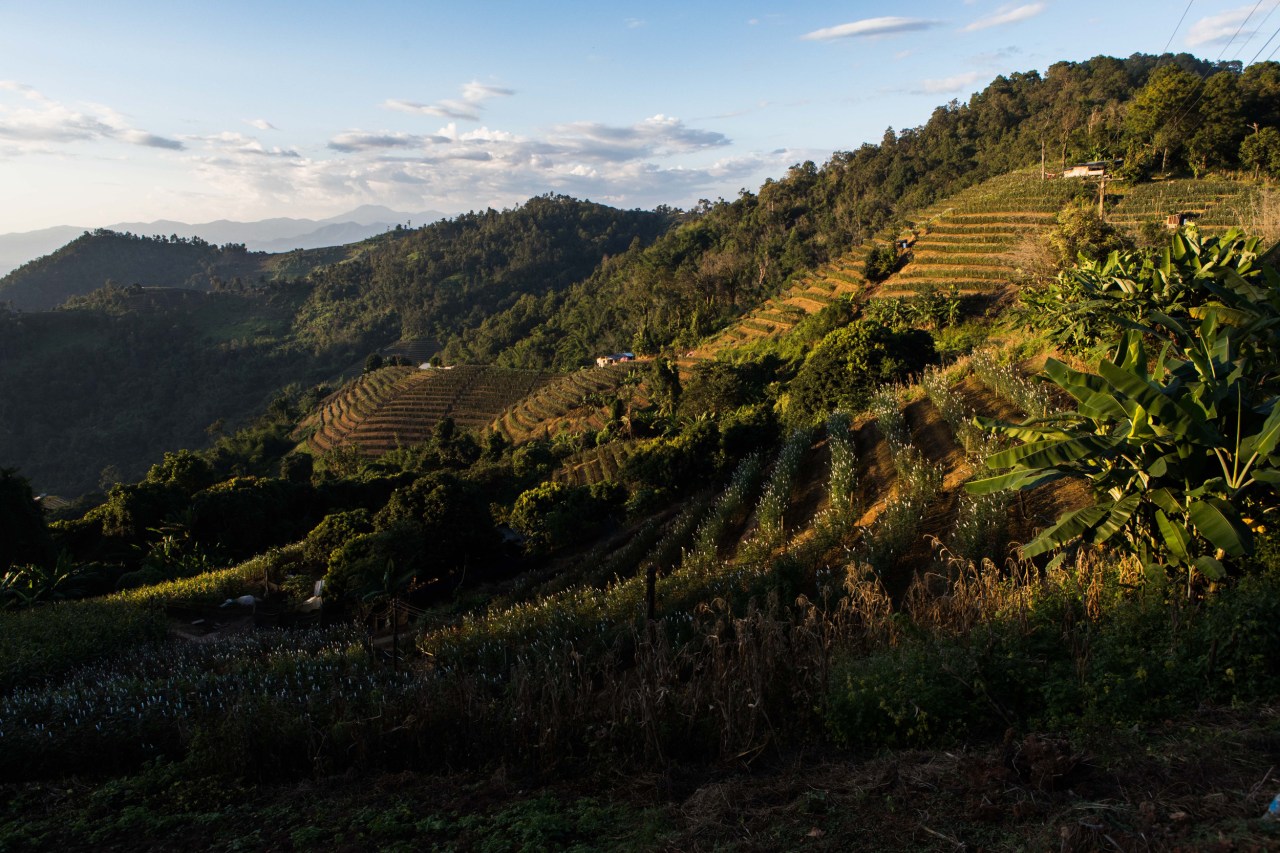
Just before Samoeng town the road suddenly splits in two, one banking left and meandering south while the other continues west. This is where the Samoeng and Mae Wang loops diverge. Turn onto the Mae Wang loop by keeping right, heading west on the 1269.
About half an hour from this split sits Lhongkhao Samoeng, a beautiful place to spend the night in Samoeng town itself. With an innocuous entrance it’s easily missed, but once you pull off down its slim driveway the resort reveals a dozen wooden homes on stilts, overlooking strawberry fields.
In the early morning cool, it feels like the valley has its own microclimate. The thick morning mist glides down and along the valley until the late morning sun burns it away.
For breakfast, Lhongkhao Samoeng offers a delicious khao tom moo, a common dish of rice porridge with pork meatballs. Importantly, it’s homemade, a fact the hotel are keen to stress, and for good reason—the best food here is cooked at home.
Northern Thai, or Lanna, cuisine is arguably the least-known Thai cuisine internationally —certainly when compared to the spicy, coconut based curries of the south; the intense flavors found in a northeastern Isaan dish like papaya salad; or the multitude of ubiquitous stir fried dishes like pad si ew and pad thai. Northern cuisine is influenced by its proximity to Myanmar and China, featuring much subtler flavors. Typically, soups and curries are free of coconut milk, while dishes like gaeng haeng lay, pork curry, are heavily influenced by Myanmar cuisine—even the word haeng is thought to derive from the Burmese hin, meaning “curry.”
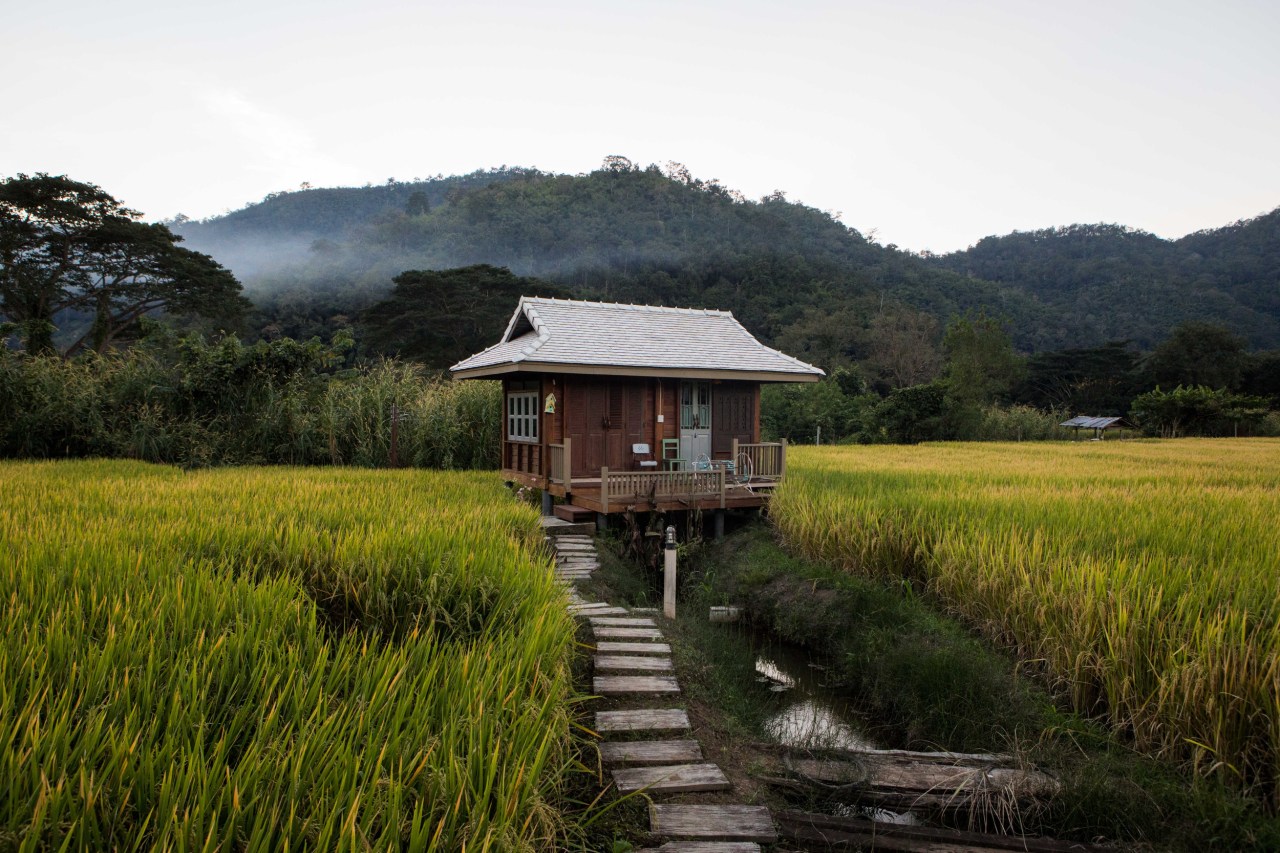
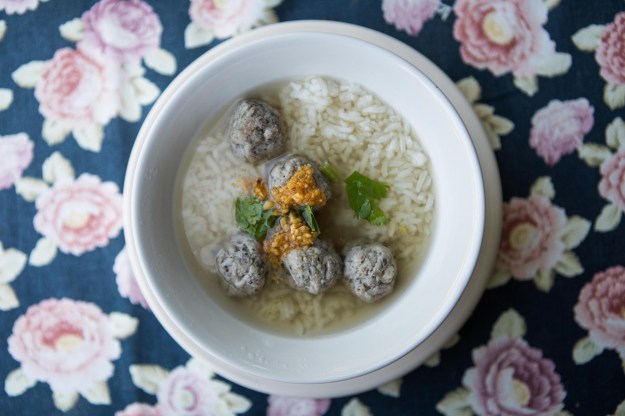
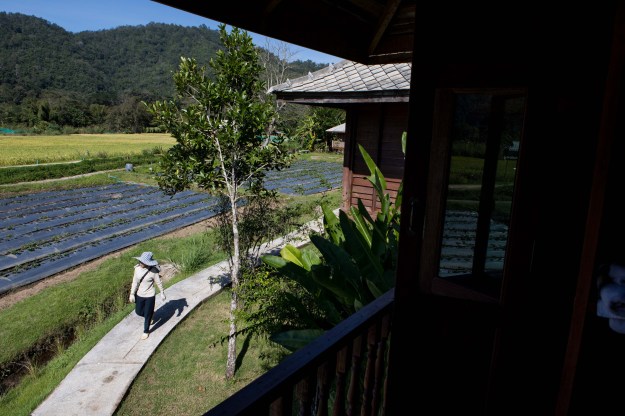
Back on the road, it’s possible to simply carry on west through the Mae Wang loop via the 1349, but it’s worth backtracking about 12 miles back to the split to head south down the 1269 to see the last of the Samoeng loop and grab a morning coffee at Hillsborough, an English-style country house and hotel. While there are plenty of places to get coffee along the route, the Hillsborough is an experience apart. Amongst a sparsely populated valley on the western outskirts of the Doi Suthep–Pui National Park, a handful of bright white, English-style country homes dot the landscape with admirable disregard for architectural norms. This is the Hillsborough. It’s an odd find in an odd location—but the cappuccino is pretty good.

Heading back to the split to take the Mae Wang loop once again, you’re not long out of the shadow of one national park before entering another. The Khun Khan National Park is the most westerly point on this trip and also marks the beginning of a new phase in the natural beauty as you turn south. Earlier in the trip, the scenery was dominated by the greenery of the pines and crops; Khun Khan signals the start of bright, fiery hills of wild sunflowers, which blossom in the cool of the fall and winter. Between exiting the Khun Khan National Park and entering the Ob Khan National Park further south, these sunflowers—the Mexican sunflower selection to be exact—light up the road unceasingly. Eventually, as the route turns back east, moving closer to Chiang Mai, they slowly disappear, replaced instead with seemingly endless fields of rice. During harvest, workers gather en masse along the road, each person hauling a tethered mass of yellowing rice stalks to the side of the road to be picked up.

Spend the night by a campfire with a cold drink at “The Doi View,” a small family-run establishment situated in the middle of some rice fields. The romantically remote location requires navigating some hairy dirt roads, but it also means that at night the light pollution is non-existent. A far cry from cities, where one can see just a handful of stars at night, the shock of that blackness, between tens of thousands of stars, is overwhelming.
“Five-million-star hotel,” says the owner, Sutima Kaewtip.

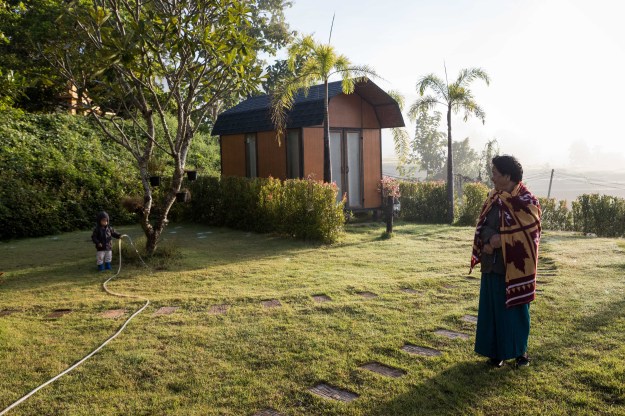
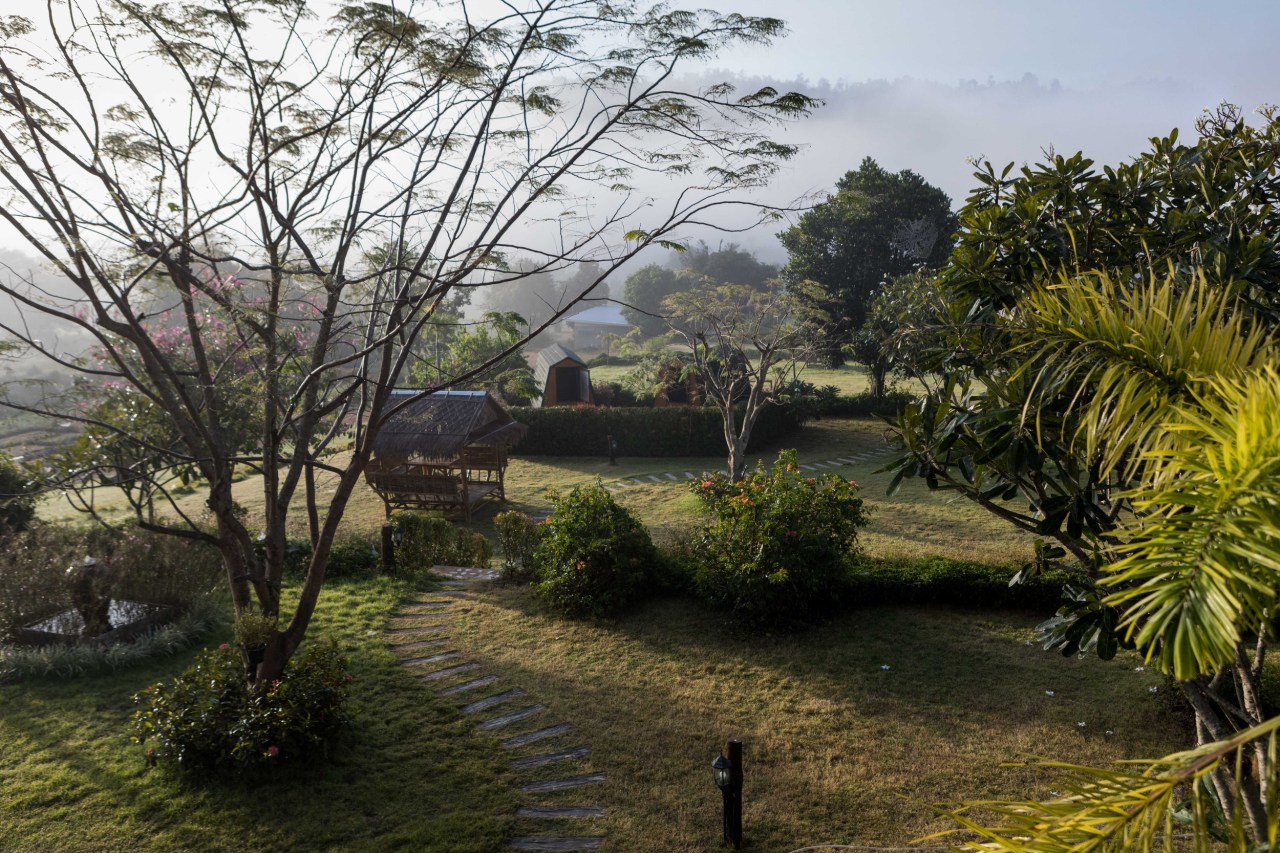
The final leg back to Chiang Mai can be stretched out if so desired. Instead of following the Mae Wang route back east, a detour can be made first west and then south—Highway 1284 is a good option—to add a few hours of mountain riding through some Hmong villages. This is the most remote part of the trip, the road itself a little worse for wear, but the sight of all the colorful villages more than makes up for having to drive a little slower.
After a couple hours on 1284, the gently meandering road comes crashing into the Doi Inthanon National Park road. While arguably the busiest and most touristy of routes back to Chiang Mai, it does also mean you get a few more gut-tilting turns before zipping back to the city.
The idea for a route with this many detours relies on a simpler concept made possible by the sheer variety of attractions in northern Thailand. If you just follow the roads, you will find food to eat and places to stop.